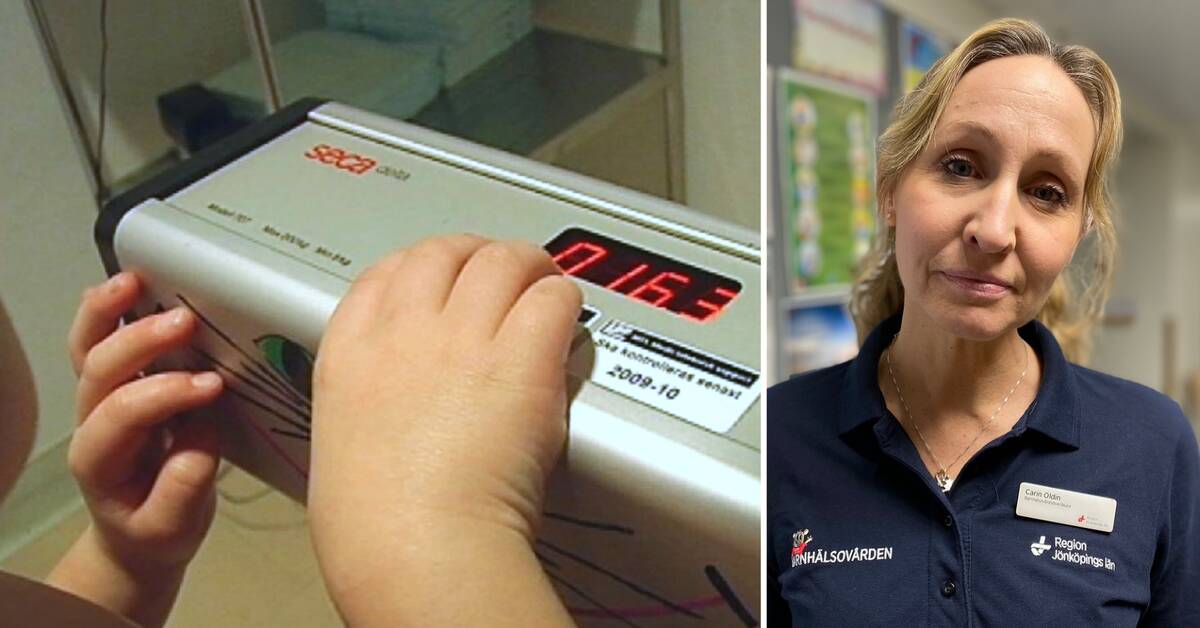- It is important to get the parents on board, because they are the ones who need to make the changes that are good for the children, says Carin Oldin, chief physician at the child health service in Region Jönköping County.
During the pandemic, the prevalence of overweight and obesity in 3- and 4-year-olds increased.
This is shown by a study with 25,000 children in three Swedish regions, including Jönköping County.
Now 3.9 percent of three-year-old girls have a bmi (body mass index) that corresponds to obesity, compared to 2.8 percent before the pandemic.
- During the pandemic, many habits and routines that families previously had have changed, says Anna Kempe, who is a child health care dietitian.
Difficult to see obesity in children
Many parents themselves seek advice and support on how to combat obesity in their children, but there are also many who do not see that the child has gained weight in an unhealthy way.
- Some are unaware of it, and it is rarely clearly visible in children.
Then we show the curves and talk to the parents and ask what changes they want and can make.
We try to advise them to add more good habits, says Carin Oldin.
At the same time, she warns that it is easy to add an adult mindset to children's weight.
It can be diets, slimming and appearance, which is not about when it comes to children.
- For children, weight is part of their health factors.
If children are healthy, they grow well.
In the clip below, dietician Anna Kempe tells more about healthy habits for children:
Javascript is disabled
Javascript must be enabled to play video
Read more about browser support
- It's mainly about adding good things, says Anna Kempe, who is a dietician at the children's health care.
Hear more about childhood obesity in the clip.
Photo: SVT

